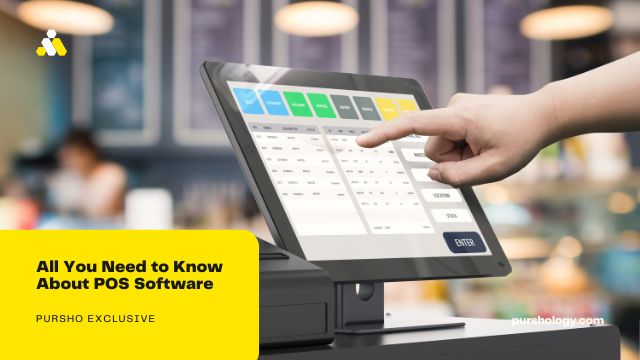In the fast-paced world of modern business, efficiency is key. Point of Sale (POS) software has emerged as a game-changer for businesses of all sizes, helping them manage transactions, inventory, and customer interactions seamlessly. In this comprehensive guide, we’ll delve into the world of POS software, exploring its benefits, and features, and how to choose the best one for your business needs.
What is POS Software?
POS software, short for Point of Sale software, is a crucial tool used by businesses to facilitate transactions and manage various aspects of their operations. It serves as the central hub where sales, inventory management, and customer data converge.
The Advantages of POS Software
Streamlined Transactions
Efficiency is at the heart of any successful business. Stadium POS software simplifies the checkout process, reducing waiting times for customers and allowing staff to process payments swiftly.
Inventory Management
Keeping track of inventory can be a daunting task, but not with POS software. It provides real-time updates on stock levels, helping businesses avoid overstocking or running out of essential items.
Enhanced Customer Experience
Happy customers are more likely to return. POS software enables businesses to personalize customer interactions, remember purchase histories, and offer loyalty rewards, enhancing the overall shopping experience.
Sales and Analytics
Understanding your sales trends is vital for making informed decisions. POS software generates detailed reports, helping you identify top-selling products, slow movers, and seasonal trends.
How to Choose the Right POS Software
Selecting the best POS software for your business requires careful consideration. Here are some factors to keep in mind:
Business Type
The nature of your business plays a significant role in determining the ideal POS system. Restaurants, retail stores, and e-commerce businesses may have different requirements.
Scalability
Ensure that the POS software can grow with your business. It should accommodate future expansion and changing needs.
Hardware Compatibility
Check if the software is compatible with your existing hardware or if you need to invest in new equipment.
User-Friendly Interface
A user-friendly interface is essential for smooth operations. Your staff should be able to learn the system quickly.
Customer Support
Choose a provider with excellent customer support to address any issues promptly.
Frequently Asked Questions
1. What is the cost of POS software?
- The cost of POS software varies widely based on features and scalability. It can range from a few hundred dollars to several thousand.
2. Can I use POS software for e-commerce?
- Yes, many POS systems offer e-commerce integrations, allowing you to manage both online and offline sales.
3. Is cloud-based POS software better than on-premises solutions?
- Cloud-based systems offer more flexibility and remote access. On-premises solutions may be more suitable for businesses with limited internet connectivity.
4. How secure is POS software for customer data?
- Most reputable POS software providers prioritize security and comply with data protection regulations.
5. Can I integrate POS software with accounting software?
- Many POS systems offer integrations with popular accounting software, simplifying bookkeeping tasks.
6. What is the learning curve for using POS software?
- The learning curve varies depending on the software’s complexity, but most systems are designed to be user-friendly.
Conclusion
In today’s competitive business landscape, investing in the right POS software can make all the difference. It streamlines operations, enhances the customer experience, and provides valuable insights into your business. By carefully considering your business’s unique needs and following the tips in this guide, you can find the perfect POS software to propel your business to success.




